2009 Volvo XC60

| The Good: – Interesting styling – Premium cabin quality – Loaded with safety features |
The Bad: – No low-range gearing – Average rear legroom – Above-average fuel economy |
Being Volvo’s first ever “proper” compact 4×4, it would seem that the Swedish company went all out when designing the XC60. It represents Volvo’s latest swoopy styling language and safety tech showcase, both of which will trickle down to future Volvo models soon. Nowadays, the Ford-owned Volvo marquee is in a precarious position, stuck between being an affordable brand and a luxury brand. With the XC60, we can safely assume it can compete well in the latter group, especially after we’ve had one to play with for an entire week.
It is hard to argue over the XC60’s looks. It managed to push the boundaries of conventional design and still came out looking stylish. Interesting design touches include the high belt-line with broad shoulders, and the long vertical tail lamps that glow like neon lights at night. The shape is bulky around the rear, and the alloys could’ve been bigger, but overall it is more unique than the Land Rover LR2 that it is based on.
Stepping into the cabin is made easy by ground clearance only a bit higher than a car. The asymmetrical dashboard design isn’t particularly fascinating, but the use of premium materials and detailing is what catches the eye. The soft-touch dashboard top has an alligator-skin pattern, while the soft-touch door panels are partially covered in snake-skin patterned leather to match the patterned creamy-white leather seats in our tester. The ‘floating’ centre console, among other bits, is trimmed with both real wood and real metal. Hard plastics are relegated to below-the-belt sections of the cabin, just like in comparable Lexus and BMW models.
Space is great up front, but the rear legroom is about average. Shorter rear passengers may feel mildly claustrophobic due to the gun-slit side windows. The cargo hold has a good floor area, but limited a bit by the sloping rear window and low ceiling. The split rear seat-back can fold down easily to increase luggage volume. As for other storage spaces, all the doors have some tight pockets, while there is a cubby under the central front armrest and a glovebox stuffed with instruction booklets. All cup-holders are covered when not in use, while the little shelf behind the ‘floating’ centre console is largely useless, except as a gimmick to briefly wow your friends by putting your hand through the gap.
The decently-bolstered front seats are power-adjustable in our mid-range tester. Alongside the other usual power accessories, our tester had a solid CD/MP3 stereo with AUX and USB ports, a surprisingly strong digital a/c with rear vents, a workable Bluetooth phone, full keyless entry with starter button, electronic parking brake switch, a parking camera with guiding lines on the screen, HID headlights with an unnoticeable turning-with-the-wheel feature, and a navigation system with a wireless remote control for passenger control. Otherwise, the nav screen can only be controlled via a little joystick and two buttons behind the steering wheel. It is extremely cumbersome at first, assuming you can find the hidden joystick. However, over the next few days, we actually became comfortable with the setup and used it to find our way on cross-country drives.
The real interesting stuff about the XC60 lies in its innovative safety tech. We counted no less than five sensors on its front end, with a few more on the side-mirrors and rear bumper, and countless more affixed at the top of the windshield. Heavily touted is the ‘city safety’ system that hits the brakes for you if it detects an imminent accident. More importantly, the XC60 can slam the brakes to stop those annoying low-speed shunts from ever happening, while sounding an alarm and flashing bright red lights in your face to let you know you are a retard. The beeping alarm is also sounded by the lane-departure warning and the blind-spot monitoring systems, both linked to warning lights in the wing mirrors. If all this seems excessive, they can all be turned off individually, although we left them all on for the novelty factor. Passive safety systems include funky-shaped whiplash-reducing headrests, crash-sensing ‘pre-prepare’ seatbelts, a cocoon of airbags and, in a bit of engineering magic, outer rear seats whose bottoms can be raised up to become baby seats.
The XC60 is powered by an unconventional 3.0-litre turbocharged inline-6 engine, mated to a 6-speed automatic with manual-shifting capability, and an all-wheel-drive system without low-range gearing. With 286 hp at 5600 rpm and 400 Nm from a low 1500 rpm, it isn’t fast by any means, but it has a solid low-rev kick that makes it easy to jump into roundabouts and overtake on the highway. We got a reasonable 0-100 kph time of 7.8 seconds, although our average fuel consumption of 16.1 litres per 100 km is on the high side, especially for a compact crossover.
The smooth 6-speed automatic shifts well on its own, although delayed responses to manual inputs put a damper on sporty driving. It held revs longer in “sport” mode than in “comfort” mode, although we never figured out what the additional “advanced” mode was. We also couldn’t tell whether our tester had the optional ‘Four C’ adaptive suspension, as we couldn’t feel any ride-quality changes between the modes.
The default ride quality is largely comfortable, feeling firm and occasionally bumpy on some surfaces, but thankfully never floaty or bouncy. There is moderate body roll during sharp manoeuvres, but there is ample grip for most street driving conditions. Even when the 235/60 tyres on 18-inch rims start running out of grip, the XC simply starts understeering softly as the front tyres squeal. While the ABS-assisted disc brakes are strong, the steering is soft and lacks feedback. We played with it on the racetrack, and it was completely out of its element. But get on the highway, set it to cruise and lie back, as long drives are supremely event-free. The cabin is largely quiet except for some wind noise at 120 kph. The adaptive cruise control brakes for you if a car cuts into your lane, and the other warning systems keep track of your blind spots. Using the mirrors becomes redundant.
There is a “hill descent control” button, but we never tried that. It would be too much to assume that the XC can go offroad as is. We took it over some deep ruts at a man-made offroad course, finding the chassis to be stiff and the all-wheel-drive to be capable, even with stability control on, over firm gravel trails, but the low-riding underbelly has its limits.
In some respects, the Volvo XC60 slightly lags behind the competition in terms of outright handling and performance. However, at the end of the day, it is a safety-oriented crossover, and we enjoyed it for what it is. If you need any more performance from a vehicle than what the XC offers, you are stupidly shopping in the wrong segment.
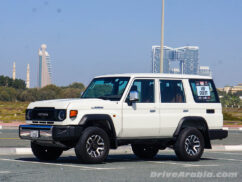
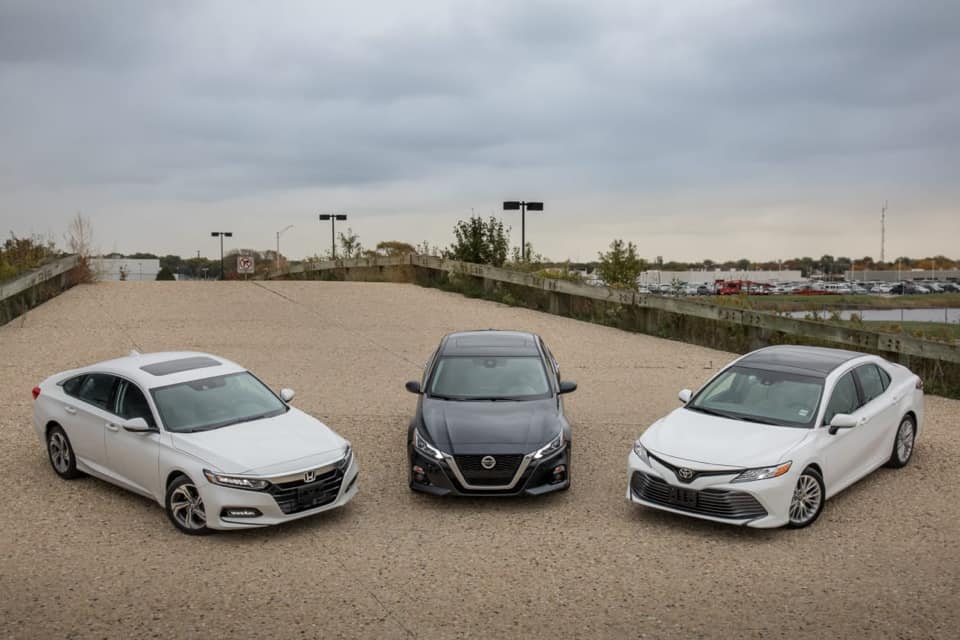
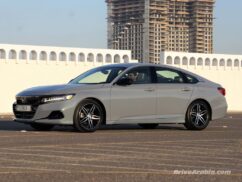
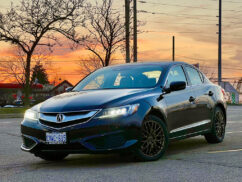


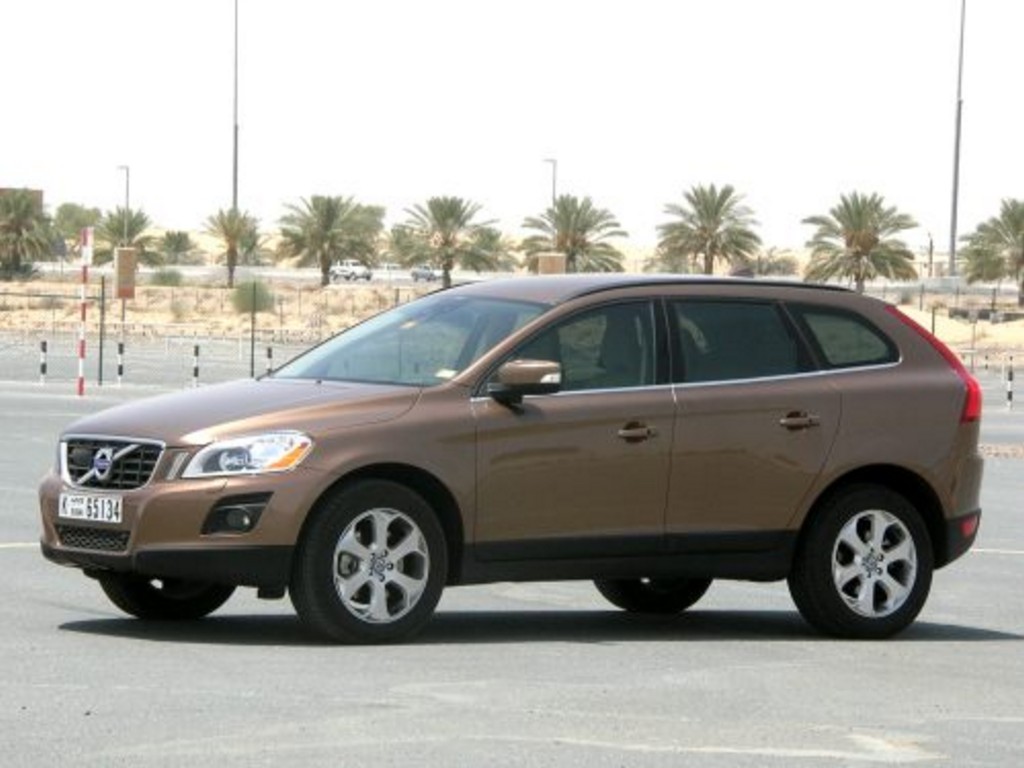
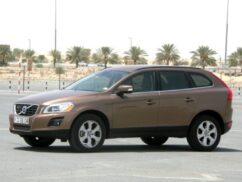
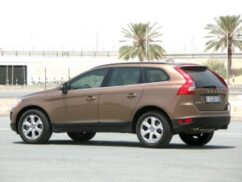
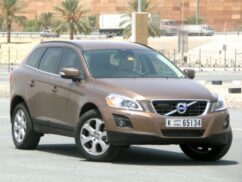
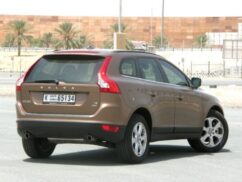
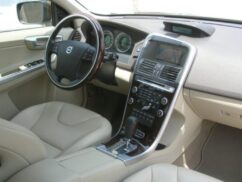
There are no comments. Be the first!